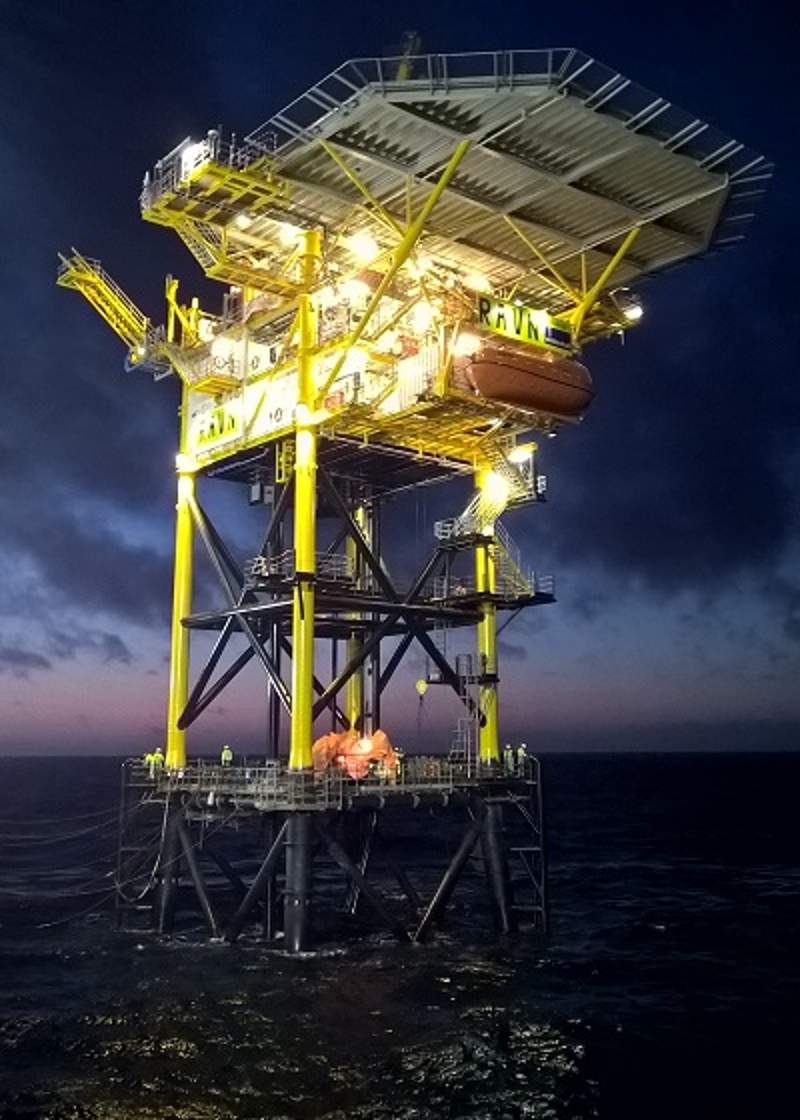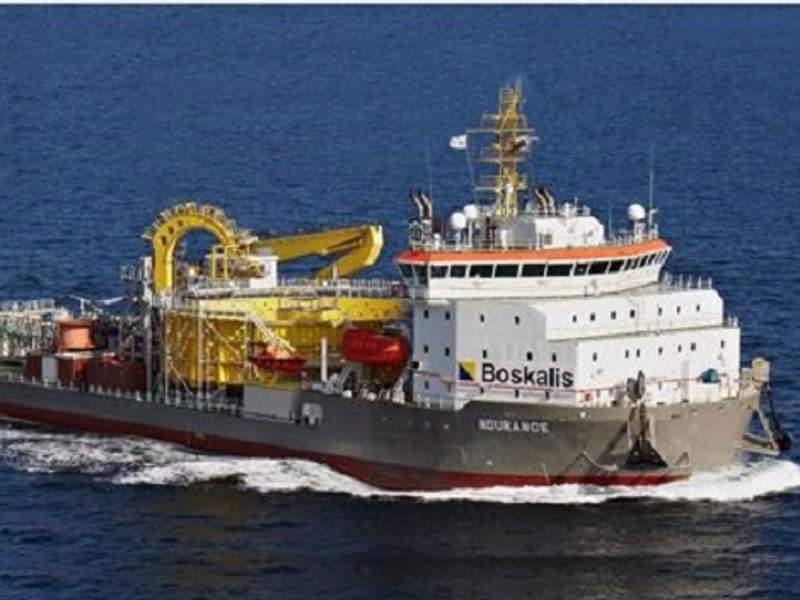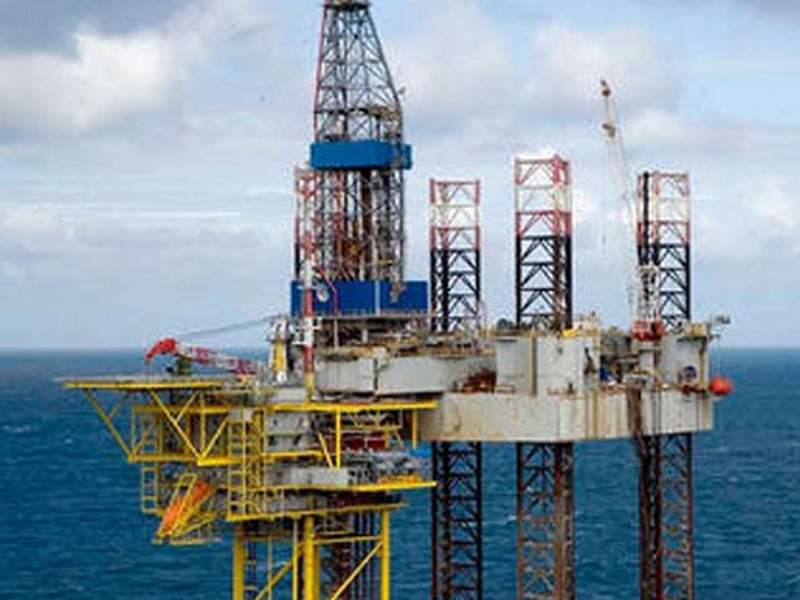
Ravn is a marginal oil field located in license 5/06 in the Danish sector of the North Sea. Covering an area of 333km², the field lies in water depths of 157ft (48m) and is being developed by Wintershall Noordzee, who is also the operator.
The Ravn field is owned by a consortium of Wintershall Noordzee (63.6%) and Nordsøfonden (36.4%), and is the first field to be developed in Denmark by Wintershall Noordzee. The license for the concession was granted to the consortium in 2006.
The field development plan for Ravn was approved by the Danish Energy Agency in November 2014, which estimated the total cost to be kr1.5bn ($251.9m). Production from the field was achieved in April 2017.
The initial appraisal of the field comprised oil spill modelling, which was conducted by DNV and SINTEF, while COWI prepared the environmental impact assessment.
Ravn field discovery
The field was discovered in 1986 by drilling an exploratory well, 5504/01-02, in the production license 5/06, which was followed by the drilling of three appraisal wells Ravn-1, Ravn-2 and Ravn-3.
The slanted Ravn-3 well confirmed the presence of oil during a test drilling of the concession in 2009. The well was drilled to a depth of 4,200m using the jack-up rig Noble George Sauvageau, and is located 1.5km south of the Ravn-1 well.
Comprising layers of Triassic age and hydrocarbon-bearing Heno sandstones of Upper Jurassic age, the field contains oil and associated gas at a depth of approximately 4,200m.
Ravn field development
The Ravn oil field is being developed using an unmanned platform that is connected to a German processing platform. The hydrocarbons recovered from the field are sent to the processing platform via an 18km-long pipeline for processing and treatment.
The field is being developed in phases with the first phase utilising both German and Dutch infrastructure along with the drilling of two production wells.
The field is tied to the A6-A platform located 18km away, which was refurbished to process oil from the field as its present processing facilities are for gas condensate alone.
A total of three wells are planned to be drilled on the field with the first two completed in the first phase, while the third well is planned to be drilled in the future. Ravn A1 is a horizontal well drilled in the upper direction after the installation of the platform followed by the drilling of the Ravn A2 in the north-south direction.
A jack-up rig is being used for the drilling, while each well is estimated to be completed in approximately 90 days.
Platform details
The unmanned platform was installed approximately 245km from the Danish west coast in block 5504. It is located 11.3km from the German-Danish border and adjacent to the Ravn-3 exploration well. The platform is designed to support up to three oil wells.
The minimum facility platform is a four-legged piloted jacket that includes a berth for boats, a cellar deck with electrical and instrumentation facilities, as well as a mezzanine deck with lift and wellhead. Also included on the platform are three plants and a main deck with a helideck.
The platform’s jacket has been designed to support greater topside than the one that was initially installed. This is done to accommodate future developments as the field is in its development phase and might be evaluated in a couple of years.
A floating crane was used for installing the platform, which took approximately six days for securing the infrastructure to the seabed using long iron poles.
Pipeline details
An 18km-long pipeline transports the produced oil to the A6-A platform in the German North Sea for treatment. The 8in-diameter multi-phase pipeline is made of C-steel and covered with three-layer polypropylene anti-corrosion coating.
Treated oil and gas from the platform are supplied to the storage tank at F3B platform through an existing 4in-diamter, 118km-long pipeline before being shipped to offshore tankers.
Key players involved
A five-year contract was awarded to DNV GL for providing in-service verification work for both Ravn and A6-A platforms including independent verification of management of safety and environmentally critical elements.
JDR was selected to design and manufacture a hybrid power steel umbilical for connecting the new platform to the existing A6-A platform. The umbilical comprises hydraulic hoses, super duplex steel tubes, MV power cores and fibre-optic cables. The subsea hardware and lifecycle support was provided by JDR.
Design for the platform’s sub and deck structure was prepared by KCI consisting of a helideck, emergency shelter, control room and a mechanical lifting device.
The VBMS joint venture comprising VolkerWessels and Boskalis was awarded a contract for installation, burial, survey and pull-ins of the control umbilical. The installation was performed using a cable-laying vessel named Ndurance.





